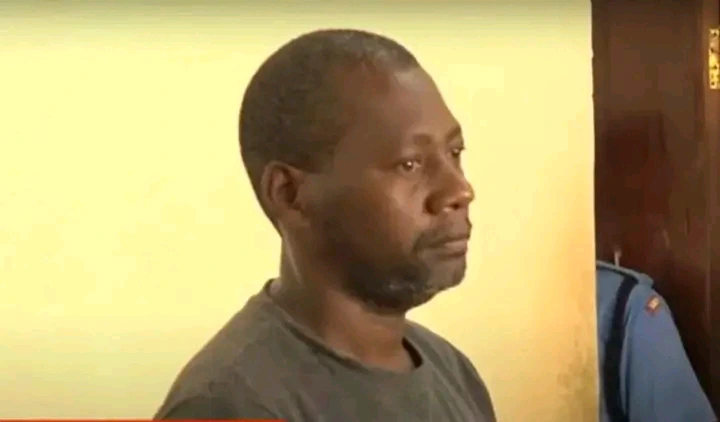In what will possibly qualify to be among the most shocking revelation of the year or even this decade , Pastor Paul Mckenzie is said to have radicalised a number of Kenyans with extreme religious teachings and dangerous doctrine that encourages his followers to starve themselves to death in order to reach heaven faster.How he did it, we don’t know but out of pure curiosity i’m still wondering how and why destructive cults are often able, to turn many tolerably normal people into brainwashed zombies and there after keep them in that state indefinitely.Well Let that be a story for another day.
In the remote windswept and sun-scorched Shakahola village, over 100 bodies linked to Mckenzies church have so far been dug out with more expected to be dug out as the process was cut short for a while by bad weather in the region. The bodies of the affected believers are lying at the Kilifi county morgues and the governments chief pathologist Johansen Oduor continues to examine the said bodies to reveal the causes of their death. Being a medical professional myself, I’ve had the chance of seeing this process underway. You are likely not to learn anything from observing what takes place behind the morgue doors apart from being traumatised if you are faint hearted. Here is a brief outline of how postmortem examinations are done.
Bodies being loeaded to a truck after being exhumed from shakahola forest
How Post Mortem Exam Is Done
These procedures are carried out in a postmortem examination room in a respectful manner with regards to the berreaved feeling who might be present during the tests. In this case , since the deaths are linked to criminal activities , forensic experts are supposed to be present. Most postmortems are carried out by pathologists who specialise in histopathology, which is the laboratory study of disease and of diseased tissue. Pathologists are helped by anatomic pathology technologists, who have had specialist training to assist pathologists.
THE PROCESS.
The pathologists examine the outside of the body in entirety head to toe for any anomalies e.g stab wounds, bleeders, swellings, etc before making incisions to examine the internal organs. An Incision is made down the front of the body to enable the internal organs in the chest and abdomen to be removed and examined. A single incision across the back of the head allows the top of the skull to be removed so that the brain can be examined. Organs are examined carefully with the naked eye with the room well illuminated as is in an operating theatre and dissected to look for any abnormalities such as blood clots or tumours. If further information is required, a significantly small piece of tissue may be retained for examination under the microscope or samples of body fluids like blood taken for analysis in the laboratory. After being examined, the organs are returned to the body. Material is never retained without explicit consent from the next of kin.
by: Odinews.com

